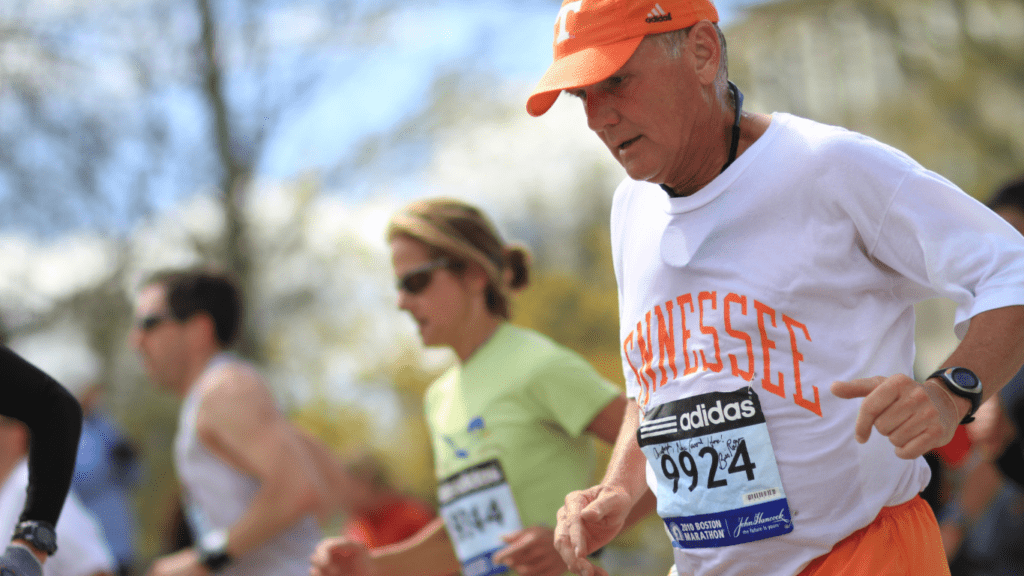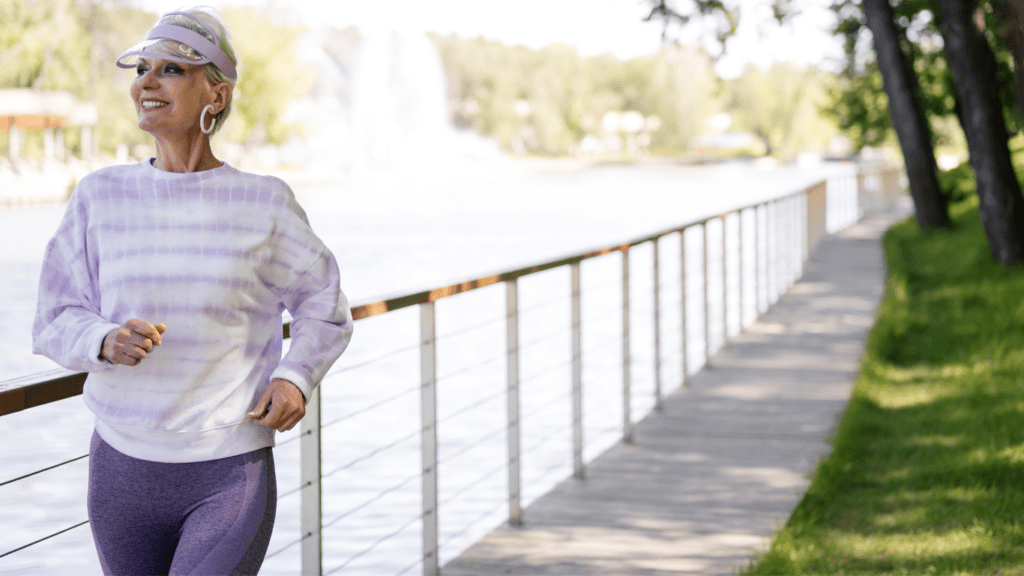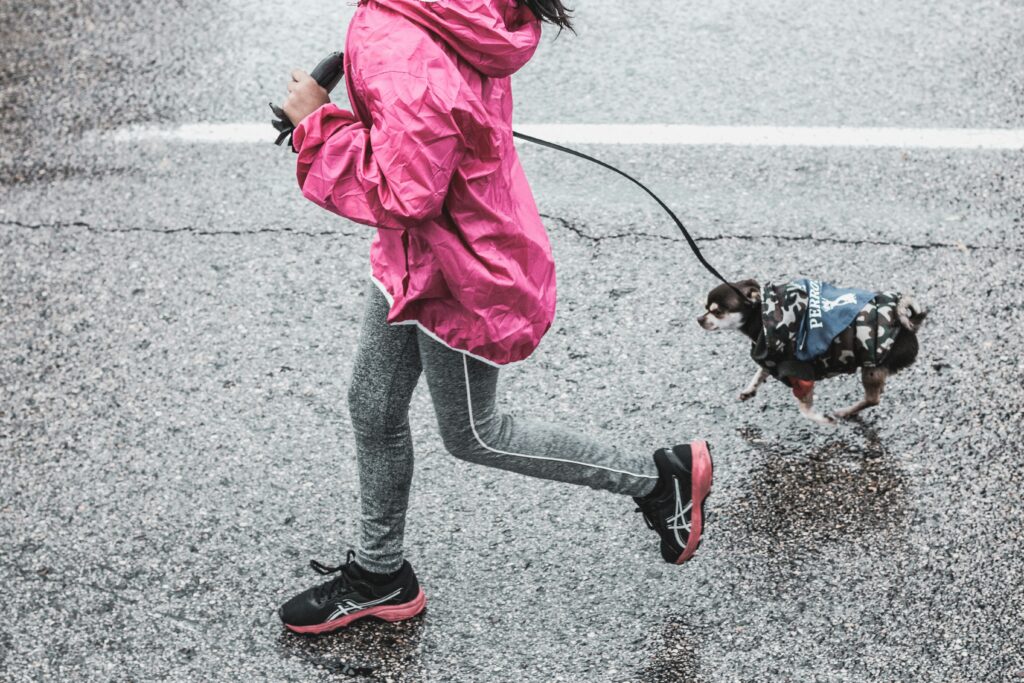Benefits of Running as You Age
Running offers numerous benefits for aging individuals, helping maintain both physical and mental health. Let’s focus on a few key advantages.
Improved Cardiovascular Health
- Running strengthens the heart, improving cardiovascular health.
- Consistent running can decrease the risk of heart disease by up to 45%, according to the Journal of the American College of Cardiology.
- Elevated heart rate during runs helps build endurance and lowers resting heart rate, contributing to overall heart function.
Additionally, running aids in managing blood pressure and cholesterol levels, crucial for heart health as you age.
Enhanced Mental Well-being
Running enhances mental well-being by reducing stress and anxiety. Regular physical activity triggers the release of endorphins, creating a sense of happiness and reducing symptoms of depression.
Studies from the American Psychological Association show that runners often report improved mood and cognitive function.
Running also provides opportunities for social engagement, whether through running groups or events, contributing to better mental health and a support network.
Challenges and Considerations
As we grow older, running presents specific challenges and considerations that need attention for safe and effective exercise.
Joint Health and Injury Risk
Joint health becomes a primary concern. Aging often brings increased susceptibility to joint issues like arthritis. It’s essential to listen to my body and avoid pushing through pain.
Consider incorporating cross-training activities like swimming or cycling to relieve joint stress. Regularly including strength training exercises can help stabilize joints and prevent injuries.
Adjusting Intensity and Duration
Adjusting running intensity and duration is crucial. High-intensity workouts may not be suitable for everyone as they age.
- Adopting a lower intensity and longer duration may better support cardiovascular health without undue strain.
- Using intervals or mixing walking with running can maintain fitness without overexertion.
- Consulting a healthcare professional or coach for personalized plans ensures appropriate adjustments.
Essential Gear for Older Runners
Choosing the right gear ensures comfort and reduces injury risks for aging runners. Focus on footwear and supportive accessories for optimal performance.
Footwear Recommendations
Selecting the right shoes for older runners is crucial. Look for:
- Cushioning: Shoes with extra cushioning absorb impact. Brands like Hoka One One and ASICS provide excellent cushioning.
- Arch Support: Proper arch support minimizes strain. Consider options like Brooks and New Balance for great support.
- Fit: Ensure a proper fit to avoid blisters and discomfort. Try on shoes late in the day when feet are swollen for the best fit.
- Durability: Durable materials prevent frequent replacements. Nike and Adidas offer long-lasting running shoes.
- Running Socks: Look for moisture-wicking socks to prevent blisters. Brands like Balega and Thorlos provide excellent options.
- Orthotic Inserts: Customized or over-the-counter orthotics can improve comfort and support. Superfeet and Dr. Scholl’s are popular choices.
- Compression Gear: Compression sleeves or socks help reduce muscle fatigue. Consider brands like CEP and 2XU.
- Hydration Gear: Staying hydrated is vital, so use hydration belts or handheld bottles. CamelBak and Nathan offer effective solutions.
Training Tips for Older Runners

Older runners can maintain their fitness and enjoy running by adopting specific training strategies. Implementing these tips ensures longevity and enjoyment in the sport.
Developing a Balanced Routine
A balanced routine combines various workout elements to enhance overall fitness. Running forms the core, but mixing in strength training, flexibility exercises, and cross-training is essential.
Strength training improves muscle tone and reduces injury risk. Flexibility exercises, such as yoga or Pilates, aid in maintaining range of motion. Cross-training activities, like swimming or cycling, provide cardiovascular benefits without the impact on joints.
Incorporating Rest and Recovery
Rest and recovery are crucial for older runners to prevent overtraining and injuries. I recommend scheduling rest days to allow muscle repair and overall recovery.
Including low-impact activities, such as walking or gentle stretching, on rest days helps promote blood flow. Adequate sleep and hydration also play pivotal roles in recovery, ensuring the body is well-rested and ready for the next run.



